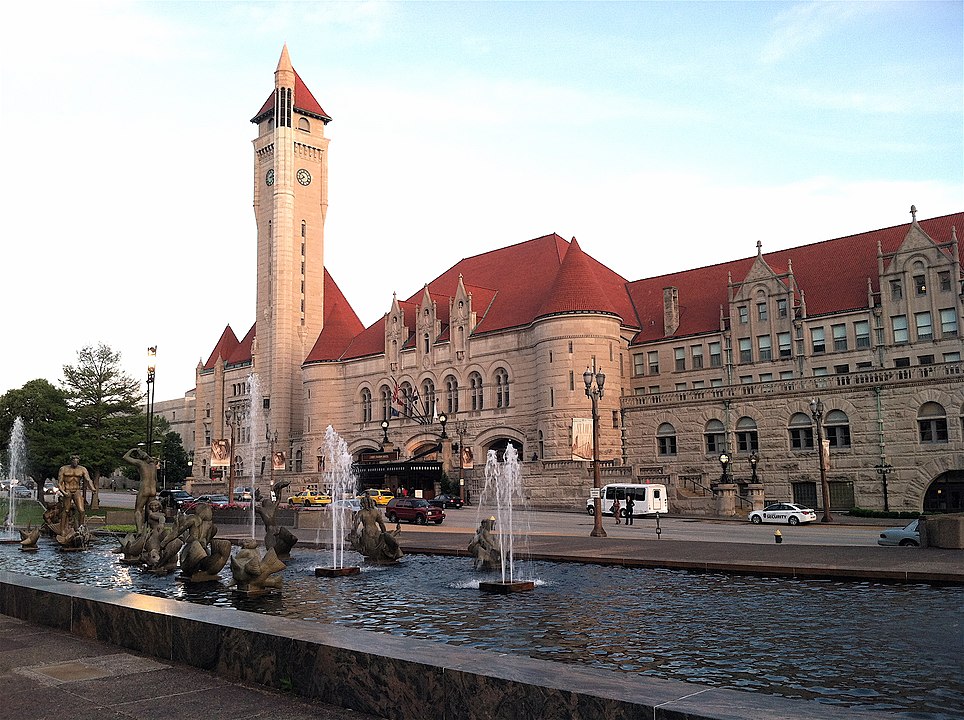Prosperity can be brief, and some places wear the scars. Across the United States, towns soared on gold strikes, rail hubs, and early industry, only to unravel when fires smoldered underground, rivers rose, or markets vanished. What remains is a mix of weathered facades, museum-quiet streets, and stories that still echo. This tour looks at communities that grew fast, faltered hard, and left lessons about risk, resilience, and the cost of single-thread economies. Their endings are stark, yet their traces still shape regional memory.
Bodie, California
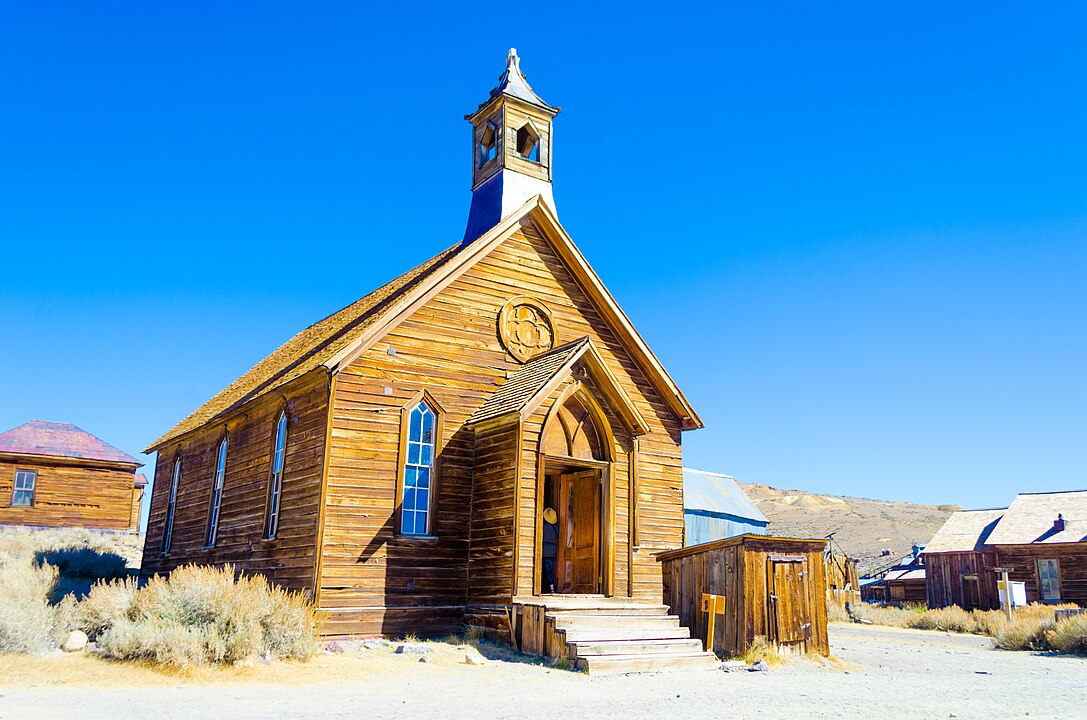
Bodie exploded after an 1870s gold discovery, swelling to thousands with banks, saloons, and a rough frontier pulse. As ore thinned and capital shifted, fires in 1892 and 1932 erased blocks that could not be rebuilt, and investment slid to richer fields. By the 1940s, residents were gone and silence took the streets. Preserved in arrested decay, Bodie reads like a frozen ledger where every collapsed beam records the speed of fortune and the certainty of decline.
Centralia, Pennsylvania
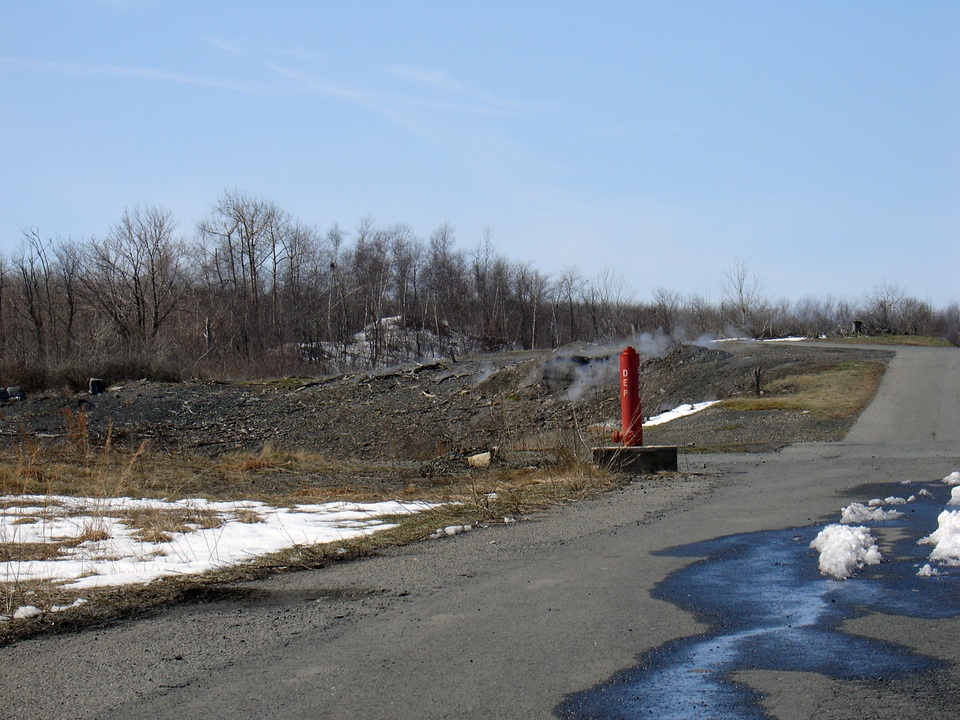
Centralia thrived on anthracite until a mine fire ignited in 1962 and refused to die. Fumes seeped from seams, pavement buckled, and sinkholes opened near backyards as government buyouts emptied one house after another. The zip code was retired in the 1990s, and the grid became a sketch without names. Cemeteries, venting ground, and a few stubborn porches tell a stark story about industrial legacies that outlast payrolls, elections, and even the maps that once explained the town.
Times Beach, Missouri
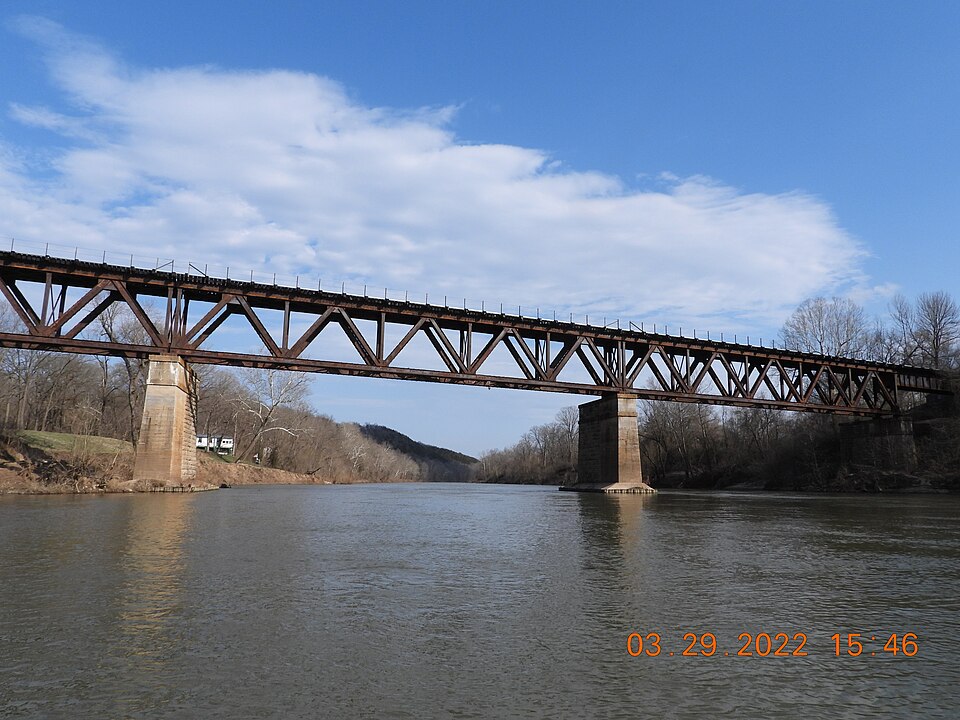
Times Beach began as a modest riverside community near St. Louis, with dirt streets and weekend budgets. In the 1970s, oil tainted with waste was sprayed to hold down dust, spreading dioxin through roads and yards. Flooding on the Meramec compounded the damage, and evacuation orders followed in 1983. Buildings were demolished, contaminated soil was incinerated, and a state park replaced the grid. The end arrived quietly, carried by toxins that turned daily routines into long-term risk.
Kennecott, Alaska
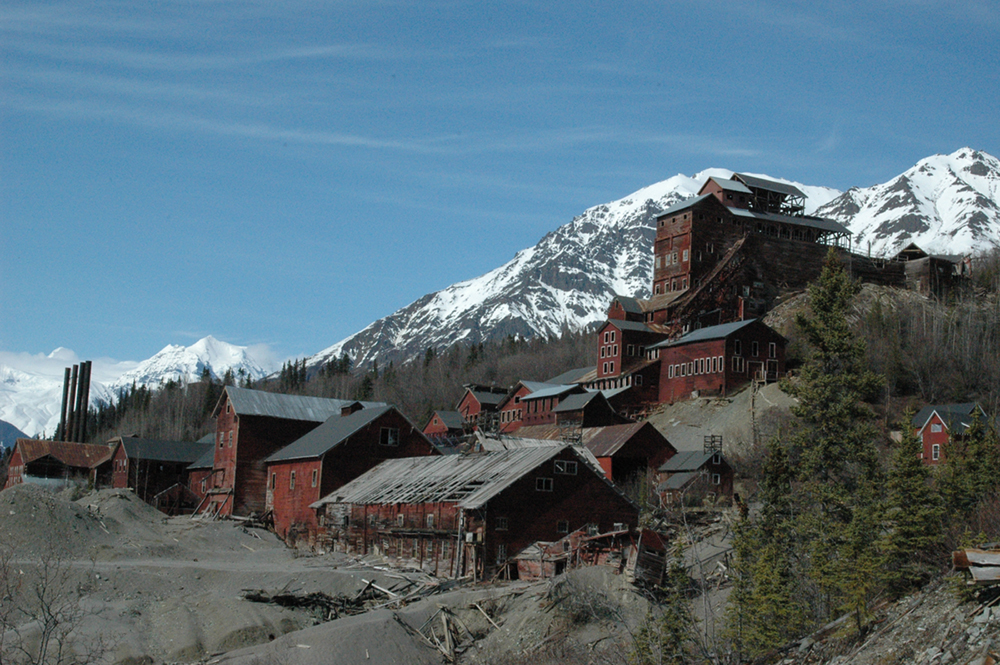
High-grade copper pulled Kennecott into existence in the early 1900s, tied by railroad to Cordova and powered by relentless shift work. When the ore body waned and prices slipped, operations ceased in 1938 and the company left in a hurry. Mill buildings, aerial trams, and tidy boardwalks froze against glacier ice, an alpine factory without a workforce. Now inside Wrangell St. Elias, Kennecott shows how efficiency can thrive for decades, then stop on a single word from geology.
Thurmond, West Virginia

Thurmond grew where coal met the Chesapeake and Ohio line, a rail town where coking coal and passenger traffic filled hotels and counting rooms. Dieselization, highways, and a long decline in deep mining shifted commerce away after mid-century. Storefronts emptied, ownership consolidated, and passenger service faded to memory. A restored depot and a handful of residents remain, framed by quiet rails. The silence teaches how a hub can vanish when the network redraws its lines elsewhere.
Rhyolite, Nevada

Rhyolite surged after 1905 gold finds near Beatty, stacking brick banks, a school, and concrete sidewalks with blinding haste. Speculation cooled, the 1907 financial panic hit, and veins underperformed. By 1911 the mines closed, power was cut, and frames were scavenged for lumber across the valley. Today, skeletal walls and a famous bottle house rise from open desert. Rhyolite makes plain how rumor, capital, and geology can build a city in months, then strip it down to ribs.
Cahaba, Alabama

Cahaba, Alabama’s first state capital, rose at a river confluence with brick streets, public squares, and high hopes for commerce. Repeated floods, shifting politics, and the relocation of the capital drained investment and patience. After the Civil War, families drifted away and buildings surrendered to fields and forest. Archaeological traces, cemeteries, and street lines form a quiet historic park. Cahaba speaks softly about failure by inches, where water and time loosened the mortar of civic life.
